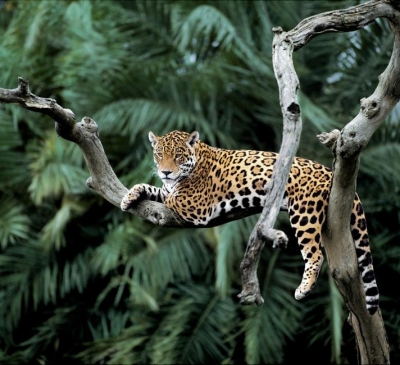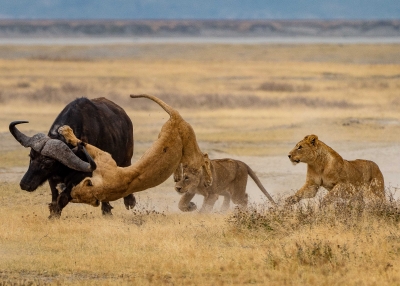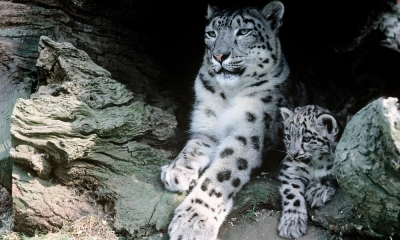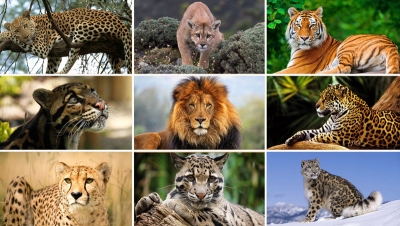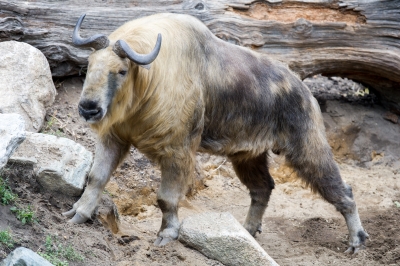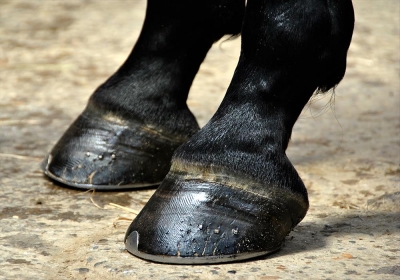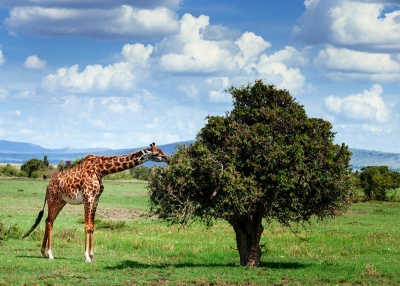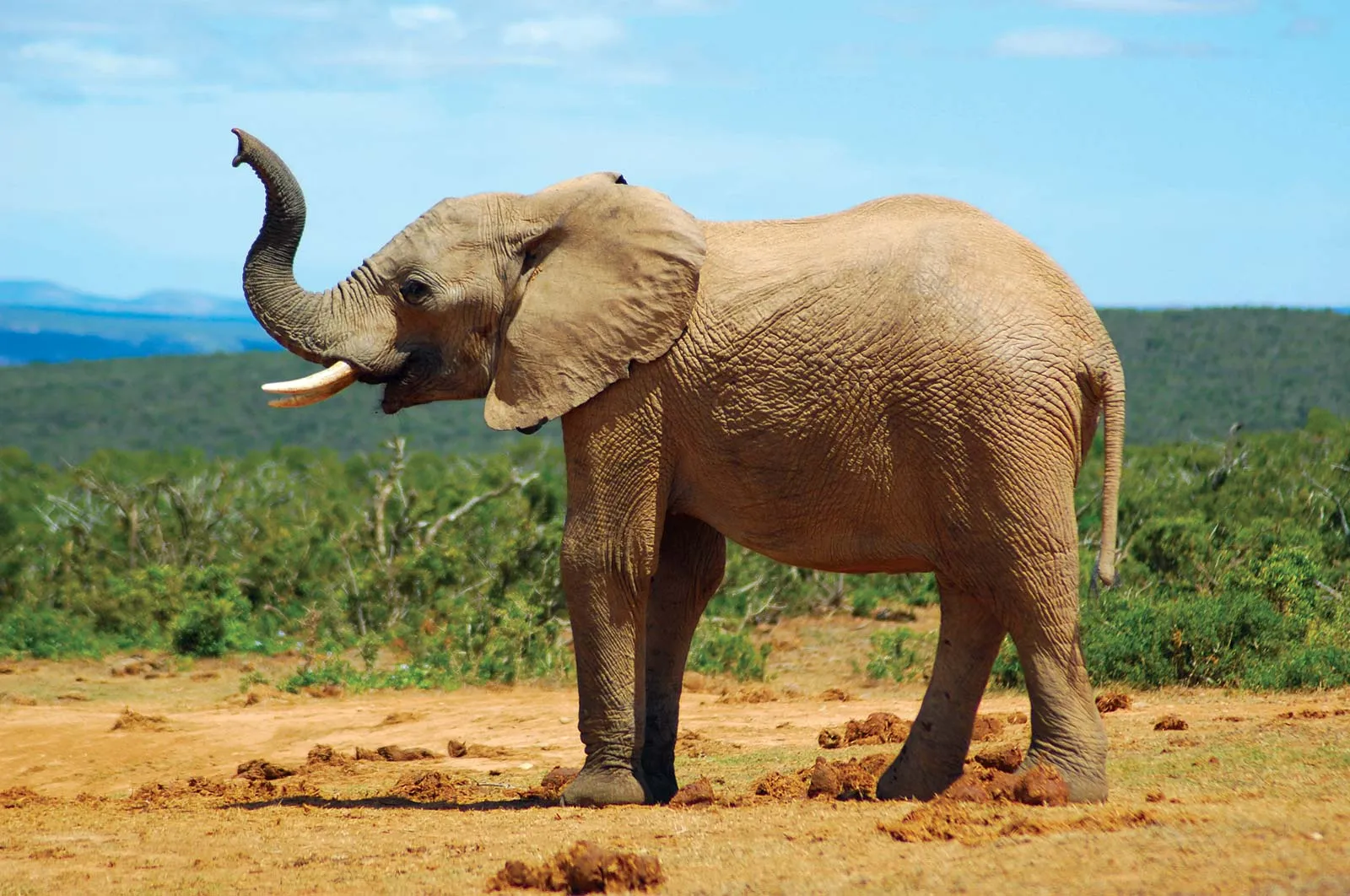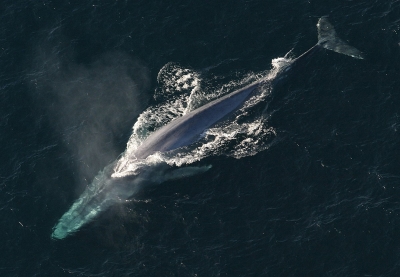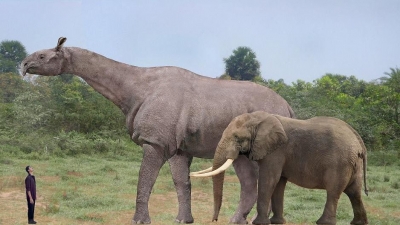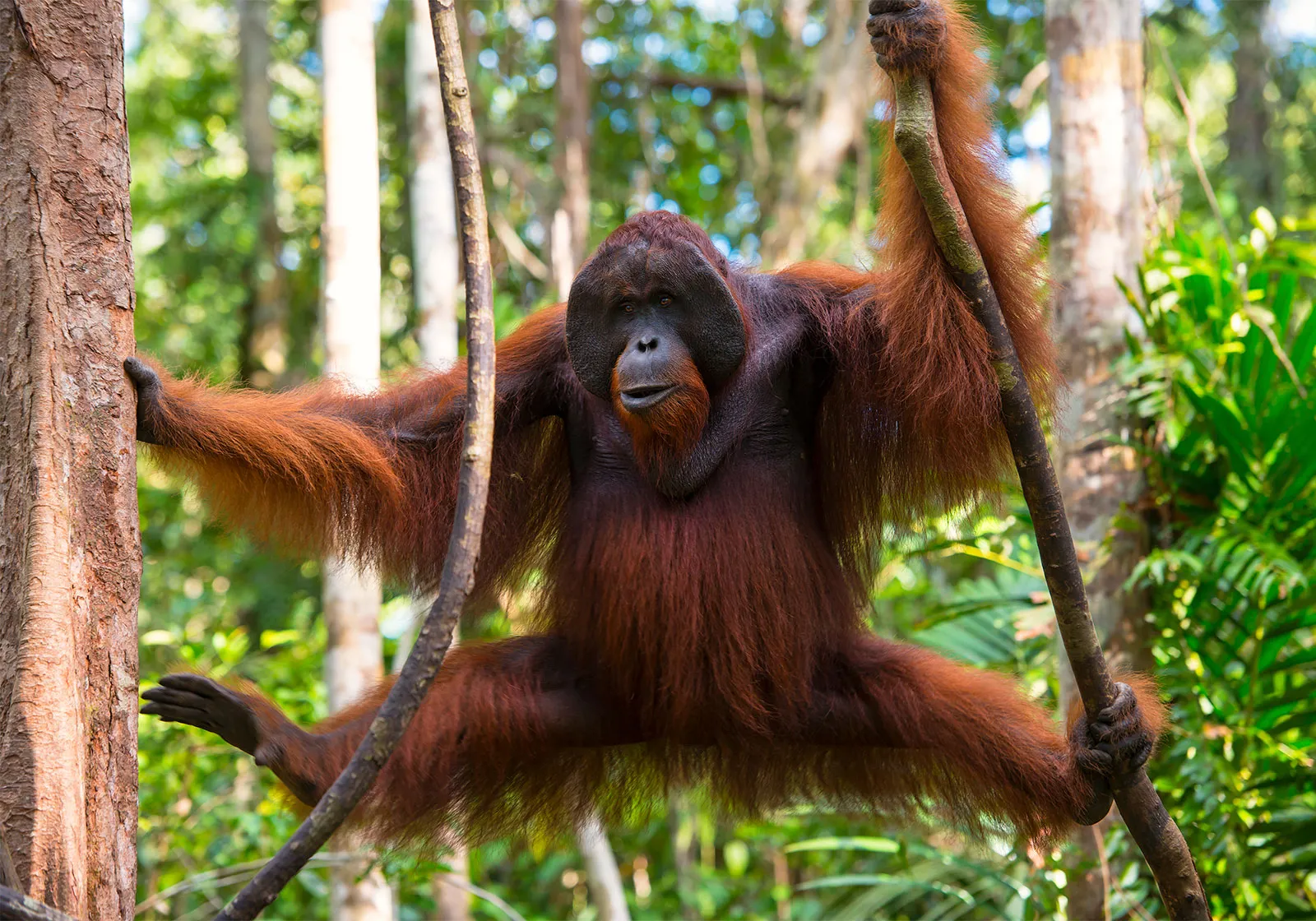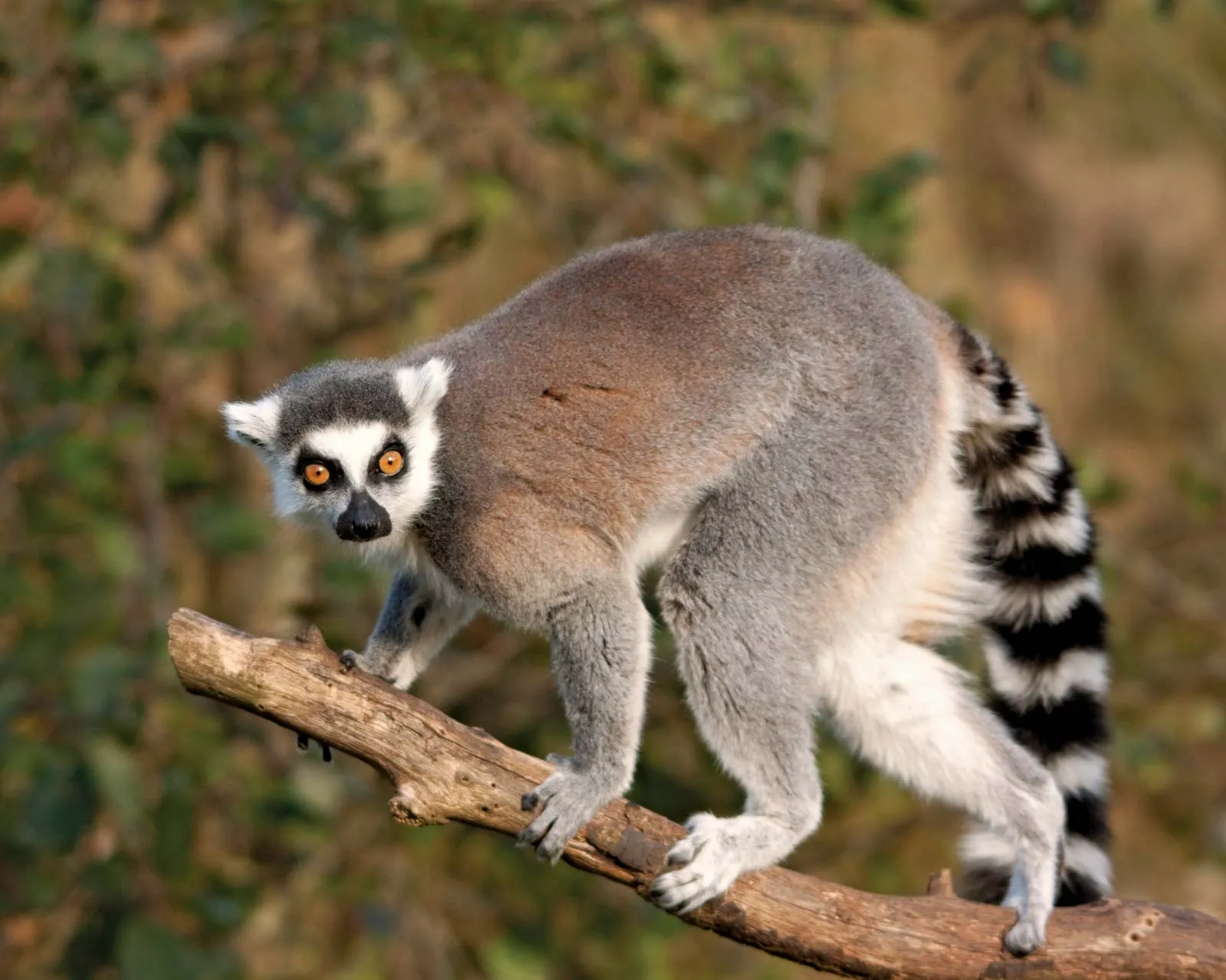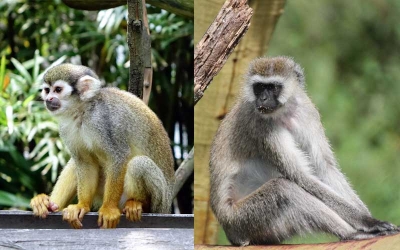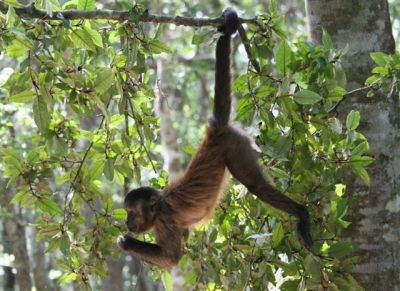WHAT IS COMMON TO MOST BEARS?
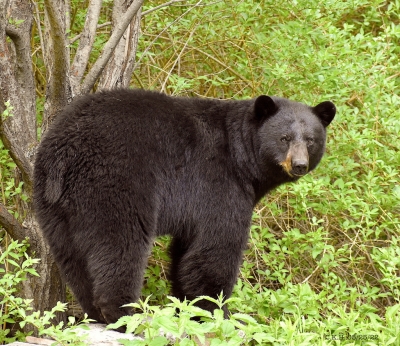
|
Bears are found all over the world except in Antarctica and Australia. Generally speaking, all bears have a large body, a short tail, small, rounded ears, a long, pointed snout, stocky legs with large paws and very sharp claws. Bears are hunters and eat meat, but they also eat leaves, fruits and nuts, which is why they are considered omnivores. |
With some minor exceptions, all eight bear species have roughly the same appearance: large torsos, stocky legs, narrow snouts, long hair, and short tails. With their plantigrade postures—walking upright on two feet—bears walk flat-footed on the ground like humans but unlike most other mammals.
Bears range in color with species: Black, brown and Andean bears are typically red-brown to black; polar bears are generally white to yellow; Asiatic bears are black to brown with a white patch and sun bears are brown with a yellow crescent on their chest. They range in size from the sun bear (47 inches tall and weighing 37 pounds) to the polar bear, (nearly 10 feet tall and weighing 1,500 pounds).
Most bears are omnivorous, feasting opportunistically on animals, fruits, and vegetables, with two important outliers: The polar bear is almost exclusively carnivorous, preying on seals and walruses, and the panda bear subsists entirely on bamboo shoots. Oddly enough, though, pandas' digestive systems are relatively well adapted to eating meat.
Because the vast majority of bears live in high northern latitudes, they need a way to survive the winter months when food is dangerously scarce. Evolution's solution is hibernation: Bears go into a deep sleep, lasting for months, during which their heart rates and metabolic processes slow drastically. Being in hibernation isn't like being in a coma. If sufficiently roused, a bear can wake up in the middle of its hibernation, and females have even been known to give birth in the deep of winter. Fossil evidence also supports cave lions preying on hibernating cave bears during the last Ice Age, though some of these bears woke up and killed the unwelcome intruders.
Bears may be the most antisocial mammals on the face of the earth. Full-grown bears are almost entirely solitary. This is good news for campers who accidentally encounter lone grizzlies in the wild, but quite unusual when compared with other carnivorous and omnivorous mammals, ranging from wolves to pigs, that tend to congregate in at least small groups.
Depending on species, a bear's basic communication needs can be expressed with about seven or eight different "words"—huffs, chomps, groans, roars, woofs, growls, hums, or barks. The most dangerous sounds for humans are roars and growls, which denote a frightened or agitated bear defending its territory.
Huffs are generally produced during mating and courtship rituals; hums—a bit like the purrs of cats, but much louder—are deployed by cubs to demand attention from their mothers, and moans express anxiety or a sense of danger. Giant pandas have a slightly different vocabulary than their ursine brethren: In addition to the sounds described above, they can also chirp, honk, and bleat.
Considering that early humans used to worship bears as gods, our relationship with ursines hasn't exactly been stellar over the last few hundred years. Bears are especially susceptible to habitat destruction, are often hunted for sport, and tend to become the scapegoats whenever campers are attacked in the wild or garbage cans are overturned in suburbs.
Today, the largest threats to bears are deforestation and human encroachment, and, for polar bears, climate change which is reducing the environment in which they live. On the whole, black and brown bears are holding their own, even though adverse interactions with humans have increased as their habitats become more constricted.
Credit : Thoughtco.com
Picture Credit : Google
